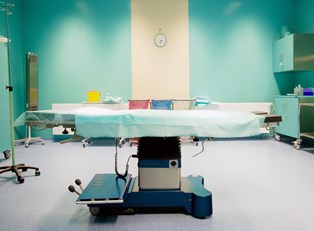For the most part, a vasectomy is a safe procedure. The surgery involved is minimally invasive, which means that recovery times are short and complications are only a rare occurrence. However, like any surgery, vasectomies are not 100% safe and still can pose problems. Here’s a look at the four most commonly reported issues that men face after their procedure.
Scrotal Pain
Some mild pain in the scrotum after a vasectomy is normal, but this usually dissipates in the days after the procedure. However, studies indicate that about 20% of men who undergo a vasectomy will experience significant or long-lasting pain—sometimes lasting as long as three months afterwards. This risk is especially an issue for men who have a history of scrotal problems to begin with.
Surgical Complications
Even though a vasectomy requires only small incisions, there is still some chance of infection or bleeding at the surgical site. However, even if these complications do occur, they’re typically very minimal and subside quickly. When scrotal bleeding occurs, there is less than a 1% chance that it will create a blood clot requiring an additional surgery to remove.
Post-Surgery Fertility
Immediately after a vasectomy men are still fertile and will remain so for roughly two months, depending on how frequently they ejaculate. During this window of time, it’s important that couples use some other form of birth control to ensure that no unwanted pregnancies occur.
Fluid Buildup
In some instances, fluid will collect around the testes after a vasectomy. Unlike the pain associated with the surgery, pain from buildup will be much more aching and persistent. Some men who experience this condition report that it worsens when they ejaculate.



